in the life cycle of fungi and some protists, which of the following processes leads to the formation of gametes?
In the life cycle of fungi and some protists which of the following processes leads to the formation of gametes. Plants and some algae protists - This life cycle includes two multicellular stages one haploid and one diploid.
Whereas nuclear division in other eukaryotes such as animals plants and protists involves the dissolution and re-formation of the nuclear.

. Some time after the PermianTriassic extinction event 2514 Ma a fungal spike originally thought to be an extraordinary abundance of fungal spores in sediments formed suggesting that fungi were the dominant life form at this time representing nearly 100 of the available fossil record for this period. Plants and many algae on the other hand undergo sporic meiosis where meiosis leads to the formation of haploid spores rather than gametes. In the life cycle of fungi and some protists which of the following processes leads to the formation of gametes.
This is one of the processes that leads to genetic variation. A I only B II only C III only D I and II. Fungus - fungus - Sexual reproduction.
Many multicellular organisms form spores during their biological life cycle in a process called sporogenesisExceptions are animals and some protists which undergo meiosis immediately followed by fertilization. The dominant phase is haploid while the diploid phase is only a few cells often only the single celled zygote as in Chlamydomonas. A mitosis in the haploid unicellular or multicellular organism B meiosis in the haploid unicellular or multicellular organism C.
It quickly undergoes meiosis to produce more haploid gametes that repeat the life. 23 After telophase I of meiosis the chromosomal makeup of each daughter cell is. In the life cycle of fungi and some protists which of the following processes leads to the formation of gametes.
When the haploid gametes fuse they form a diploid zygote. Life Cycle Type 2. Fertilization and meiosis alternate in all sexual life cycles in plants fungi protists and animals.
Life cycle of Chlamydomonas and description of treatment groups. Start studying CH 10. In the life cycle of fungi and some protists which of the following processes leads to the formation of gametes.
The haploid phase ends with nuclear fusion and the diploid phase begins with the formation of the zygote the diploid cell resulting from fusion of two haploid sex cellsMeiosis reduction division restores the haploid number of chromosomes and initiates. The nonreproductive cells containing 46 chromosomes are called diploid cells and are. In the life cycle of a sexually reproducing fungus a haploid phase alternates with a diploid phase.
Meiosis in the diploid zygote What diagnostic procedures can. Meiosis in the diploid zygote. Many protists and fungi have a haploid dominated life cycle.
Sexual reproduction an important source of genetic variability allows the fungus to adapt to new environments. It involves only one parent. If you were counting chromosomes in the gametes and the somatic cells of a giraffe.
Its cells have a single set of chromosomes Many fungi and some protists exist as haploid organisms and plants and some algae also have a haploid stage called a gametophyte as part of the life cycle called alternation of generations. A Gametes are formed when vegetative plus and minus cells undergo gametogenesis induced by nitrogen deprivationWhen gametes of opposite mating type are mixed they adhere to each other by adhesion molecules on their flagellaSAG1 on plus gametes and SAD1 on minus gametes. Get in the life cycle of fungi and some protists which of the following processes leads to the formation of gametes.
Meiosis in the diploid zygote After telophase II of. Life cycle of fungi. The process of sexual reproduction among the fungi is in many ways unique.
This figure illustrates the human life cycle. Which of the life cycles is typical for most fungi and some protists. E production of identical daughter cells.
Meiosis in the diploid zygote. 22 All of the following are functions of meiosis in plants except. Organisms with a haploid life cycle spend the majority of their lives as haploid gametes.
In the life cycle of fungi and some protists which of the following processes leads to the formation of gametes. Which of the following is a function of mitosis in humans. Adults produce gametes reproductive cells termed sperm and eggs by meiosis a type of nuclear division and each gamete contains only one-half the number of chromosomes found in the nonreproductive cells of the parent.
All the young ones produced asexually have the same genetic constitution as that of the parent and are called clones. Referring to a plants sexual life cycle which of the following terms describes the process that leads directly to the formation of gametes. Sexual life cycle can produce both haploid and diploid cells at different stages.
It is found in many single-celled organisms. These spores grow into. The following points highlight the two important methods of reproduction in protists.
Haploid Life Cycle The haploid life cycle is the simplest life cycle. 32 In the life cycle of fungi and some protists which of the following processes leads to the formation of gametes. Learn vocabulary terms and more with flashcards games and other study tools.
Plant life cycles differ from animal ones by adding a phase the haploid gametophyte after meiosis and before the production of gametes. D haploid and the chromosomes are composed of two chromatids.

Bio Chapter 10 Flashcards Quizlet
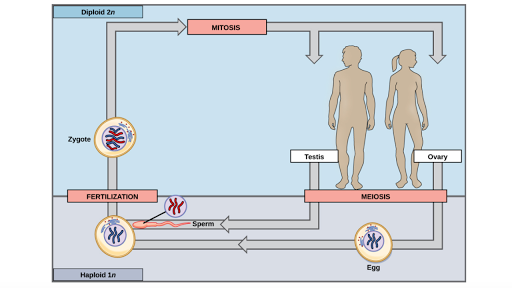
Sexual Life Cycles Article Meiosis Khan Academy

Quia 9ap Chapter 13 Meiosis And Sexual Life Cycles Detailed
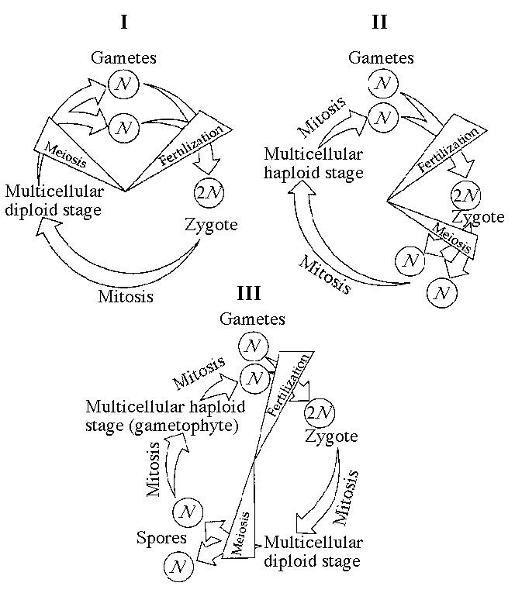
Campbell Biology 10th Edition Chapter 13 Flashcards Easy Notecards
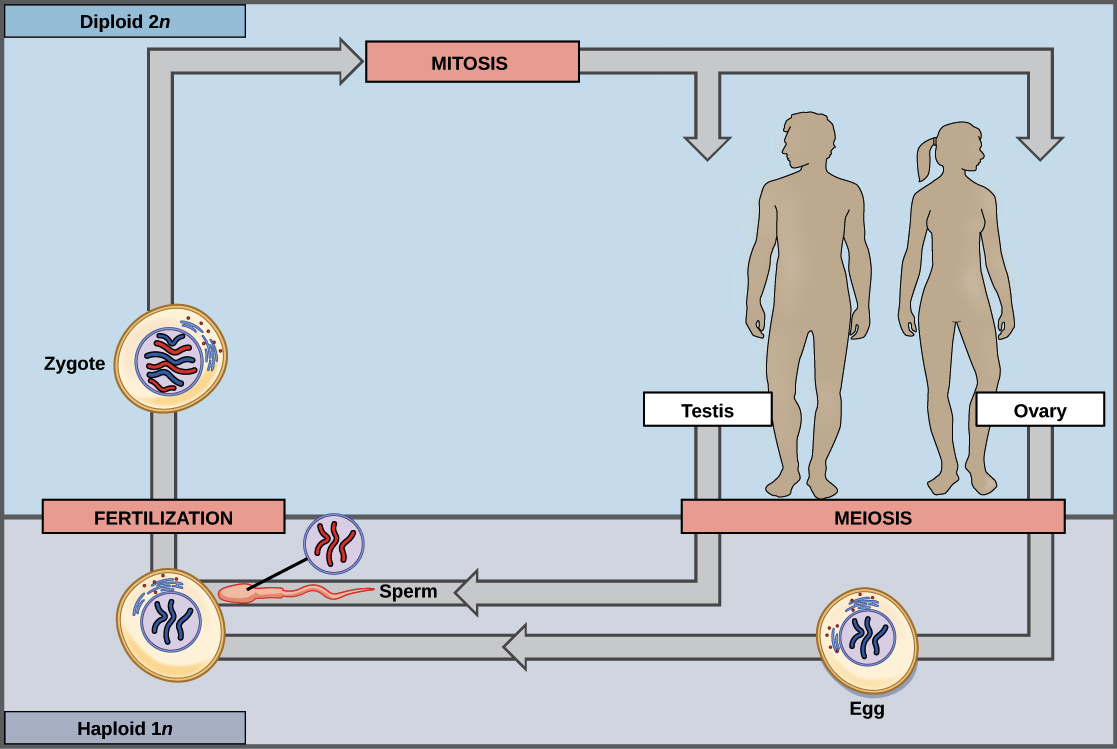
Sexual Life Cycles Article Meiosis Khan Academy
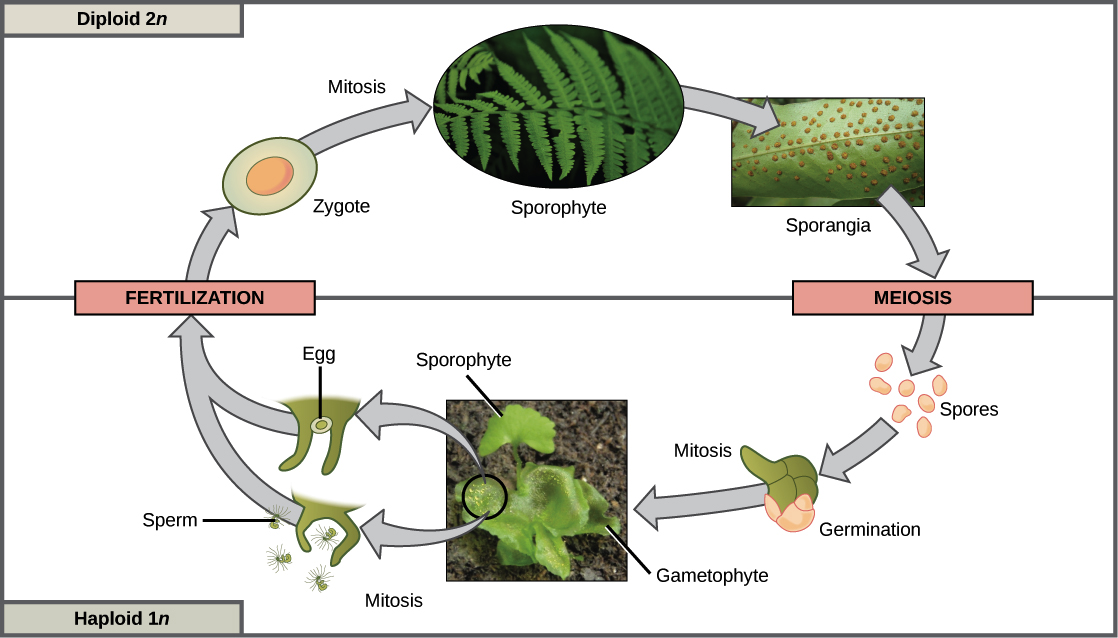
Sexual Life Cycles Article Meiosis Khan Academy
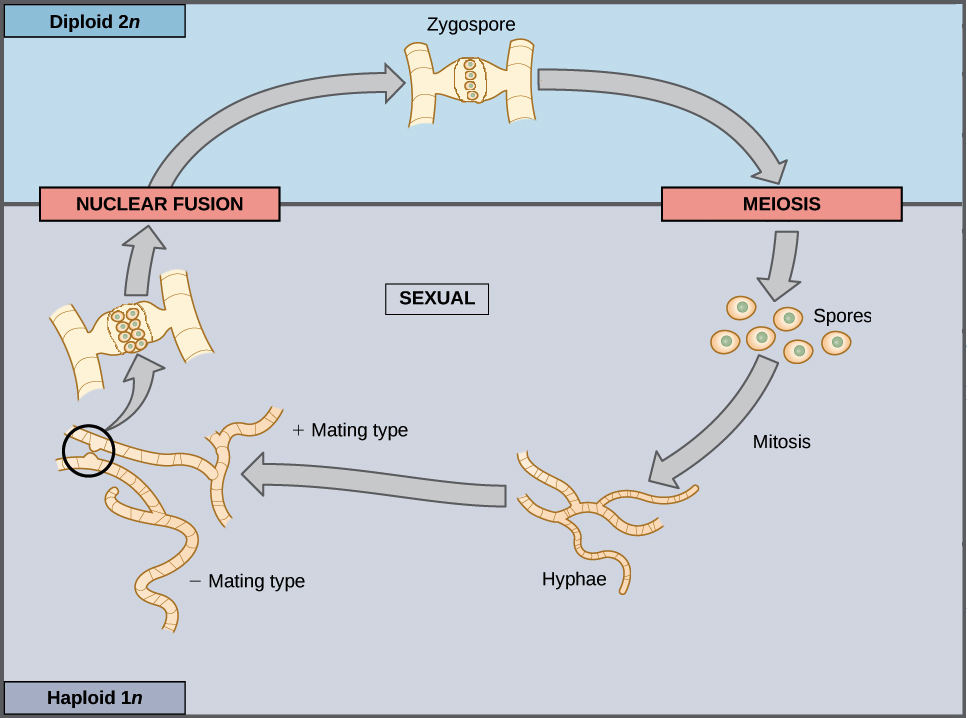
Sexual Life Cycles Article Meiosis Khan Academy

Bio 111 General Biology Chapter 10 Campbell Mastering Biology Flashcards Quizlet

0 Response to "in the life cycle of fungi and some protists, which of the following processes leads to the formation of gametes?"
Post a Comment